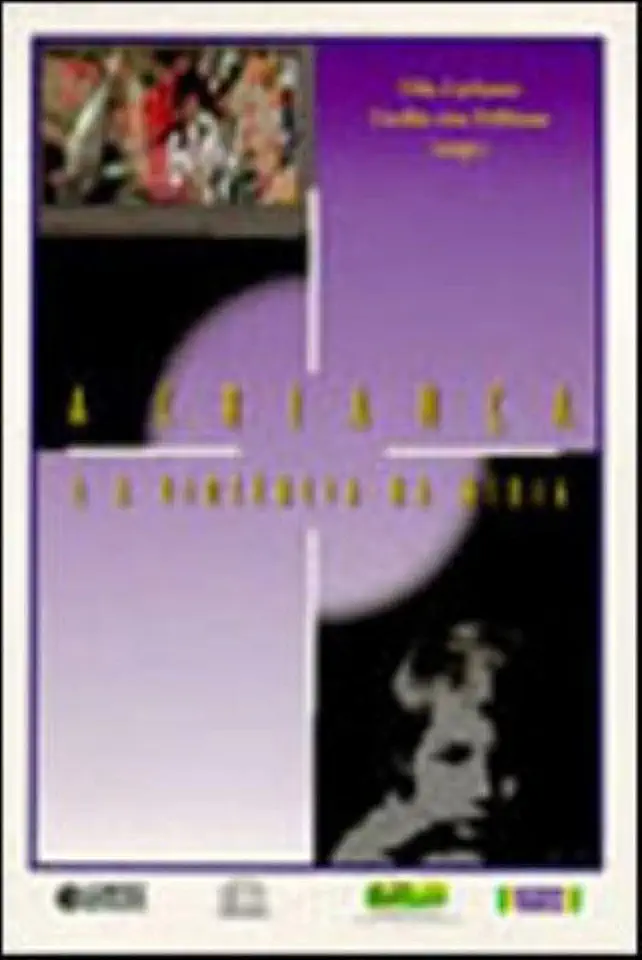
Children and the Media - Cecilia Von Feilitzen and Ulla Carlsson
Children and the Media: A Comprehensive Guide for Parents and Educators
Introduction
In today's world, children are constantly bombarded with media messages from all sides. From television and movies to video games and social media, it can be difficult for parents and educators to keep up with the latest trends and understand how they are affecting children.
This comprehensive guide provides a wealth of information on the impact of media on children, from early childhood through adolescence. Written by two leading experts in the field, Cecilia von Feilitzen and Ulla Carlsson, this book is a must-read for anyone who wants to help children navigate the complex world of media.
Key Findings
- Media can have both positive and negative effects on children. On the positive side, media can help children learn new things, develop their imaginations, and connect with others. On the negative side, media can also expose children to violence, sexual content, and other harmful material.
- The impact of media on children depends on a number of factors, including the child's age, personality, and family environment. Younger children are more vulnerable to the negative effects of media, while older children are better able to understand and process media content. Children who are exposed to a lot of violence in the media are more likely to become aggressive, while children who are exposed to a lot of sexual content are more likely to engage in risky sexual behavior.
- Parents and educators can play a key role in helping children navigate the media landscape. By talking to children about media, setting limits on media use, and helping children to develop critical thinking skills, parents and educators can help children to avoid the negative effects of media and reap the benefits.
Recommendations
Based on their research, von Feilitzen and Carlsson make a number of recommendations for parents and educators, including:
- Talk to children about media. Ask them what they are watching, reading, and playing, and talk to them about the content of the media they are consuming. Help them to understand the difference between fact and fiction, and to identify and avoid harmful content.
- Set limits on media use. Children should not spend more than two hours per day watching TV or playing video games. Encourage them to spend time doing other activities, such as reading, playing outside, or spending time with friends and family.
- Help children to develop critical thinking skills. Teach them to question the information they see in the media, and to think about how it might be biased or inaccurate. Help them to develop their own opinions and to make informed decisions about what they watch, read, and play.
Conclusion
Children and the Media is an essential resource for parents and educators who want to help children navigate the complex world of media. By understanding the impact of media on children and taking steps to mitigate the negative effects, we can help children to grow up to be healthy, happy, and well-rounded individuals.
Order Your Copy Today!
Children and the Media is available now from all major booksellers. Order your copy today and start helping your child to navigate the media landscape!
Enjoyed the summary? Discover all the details and take your reading to the next level — [click here to view the book on Amazon!]